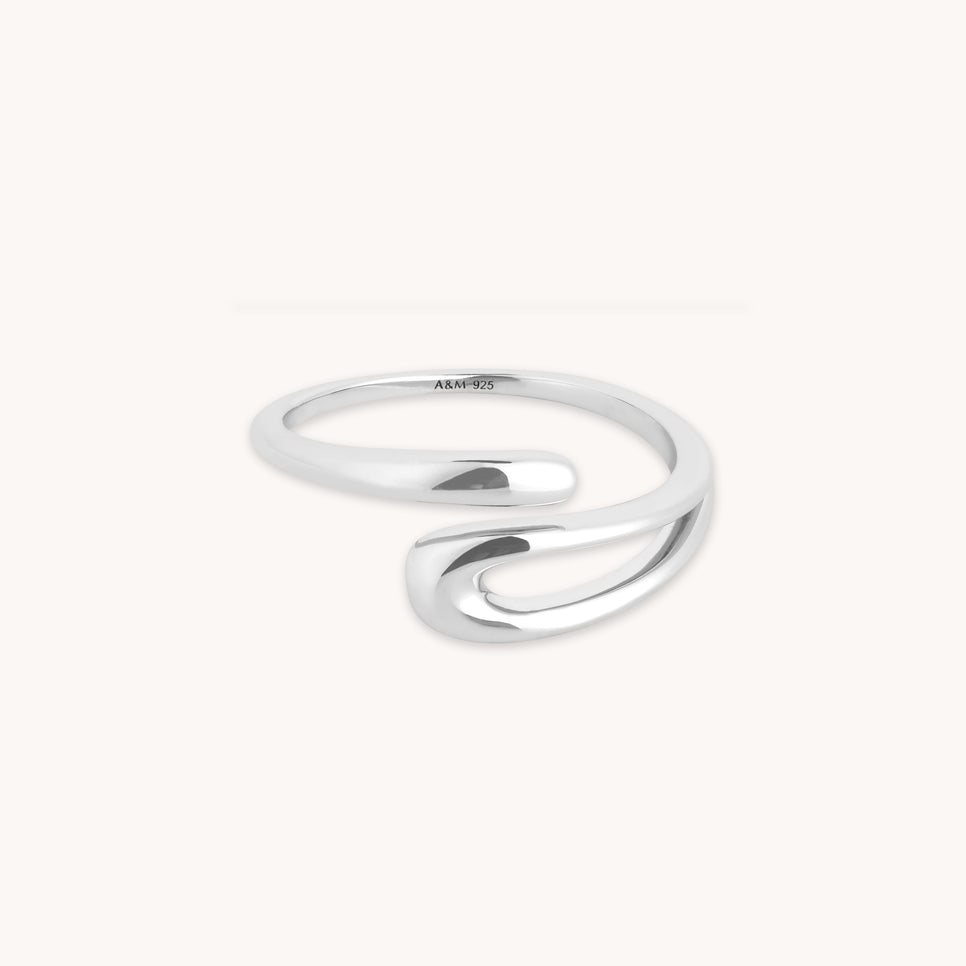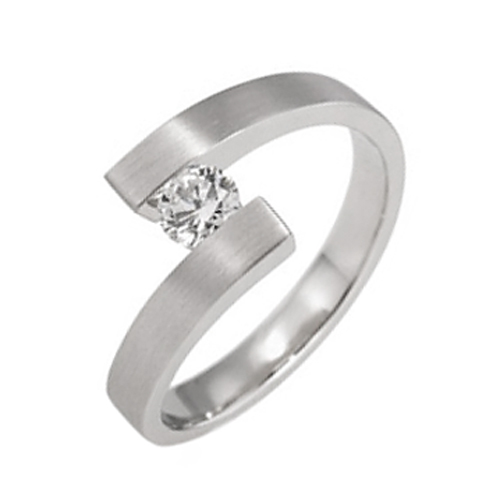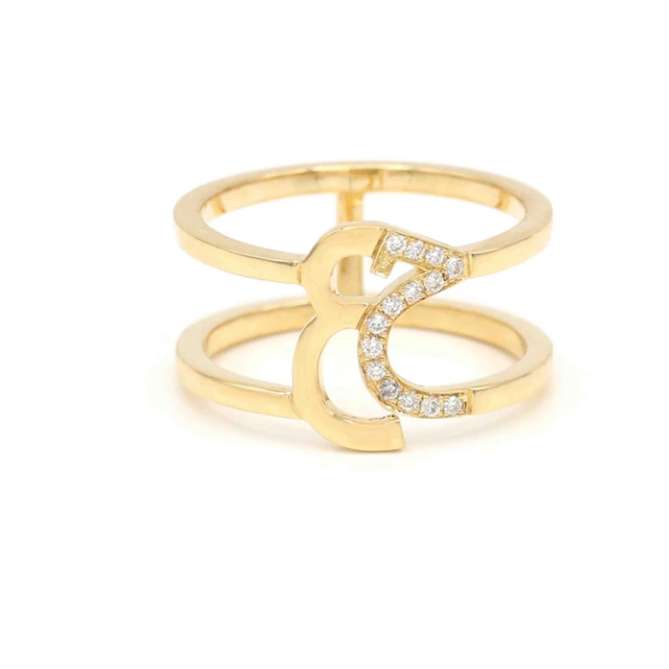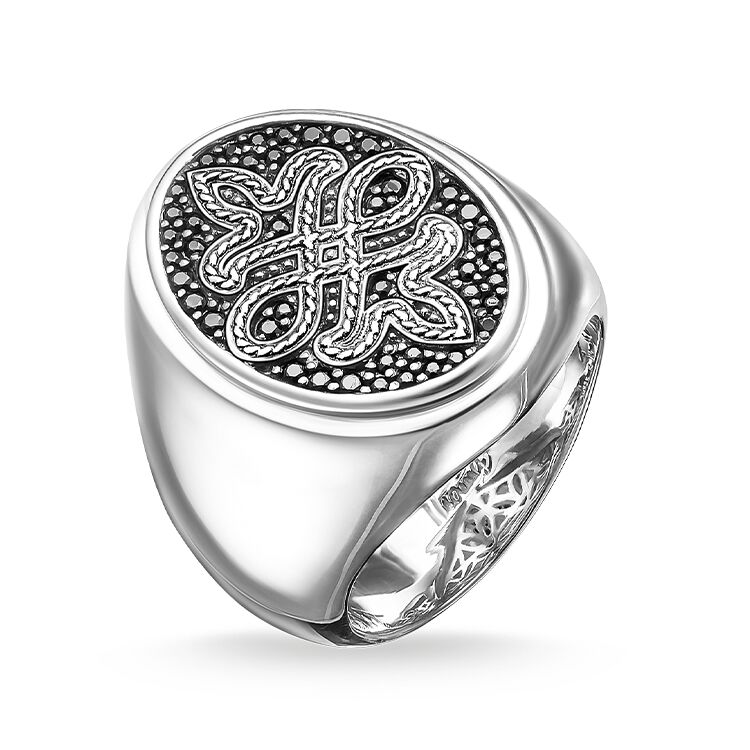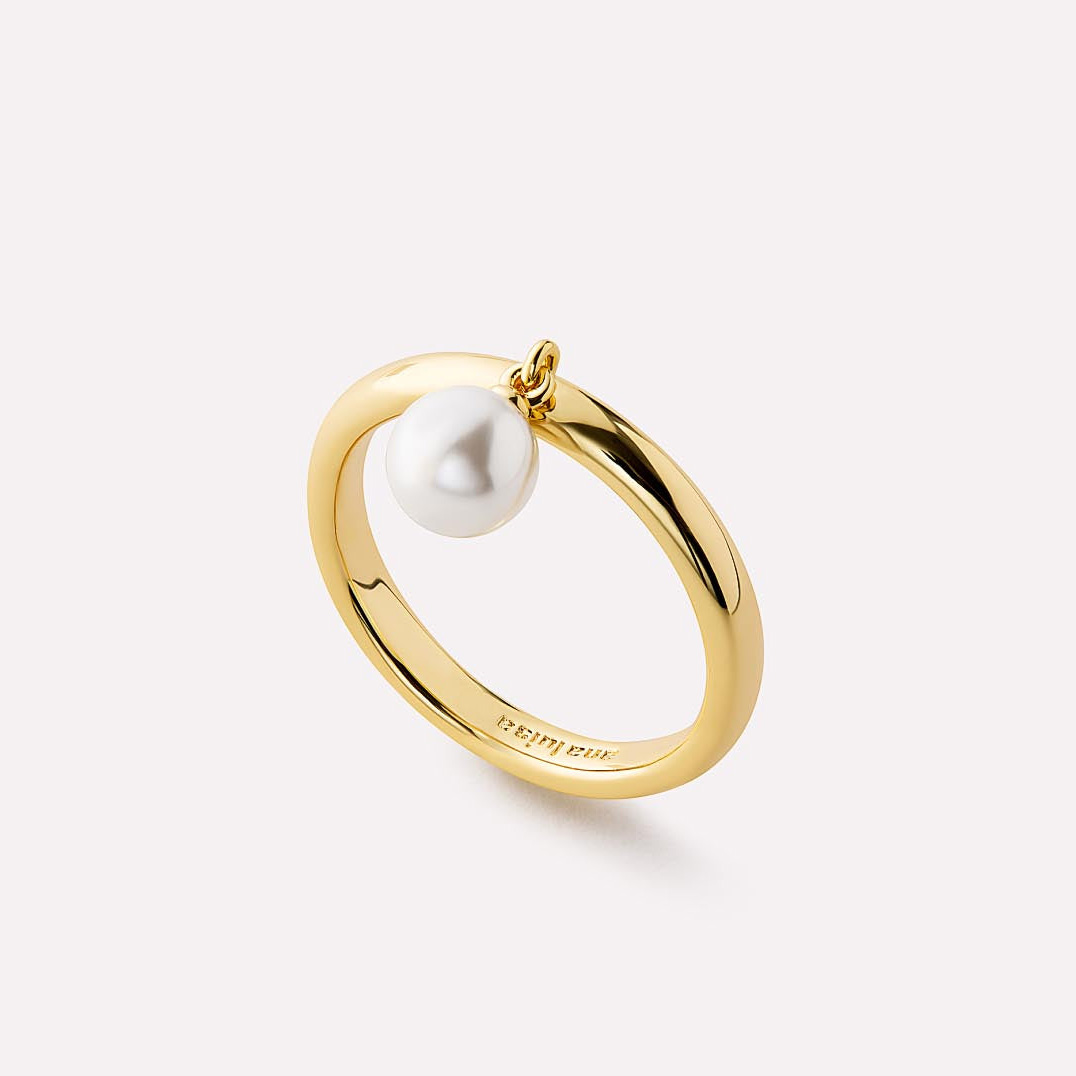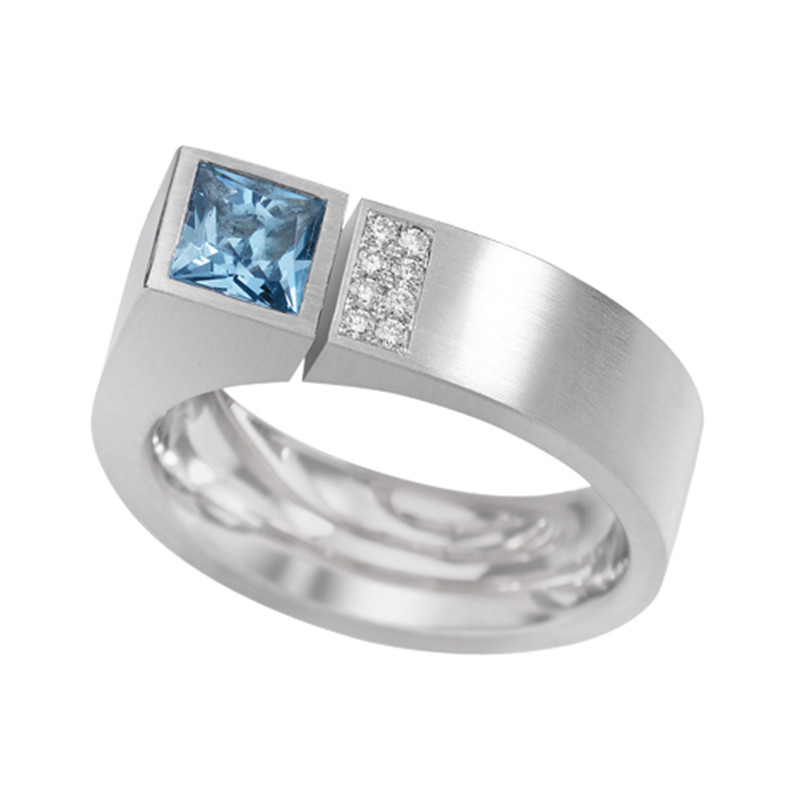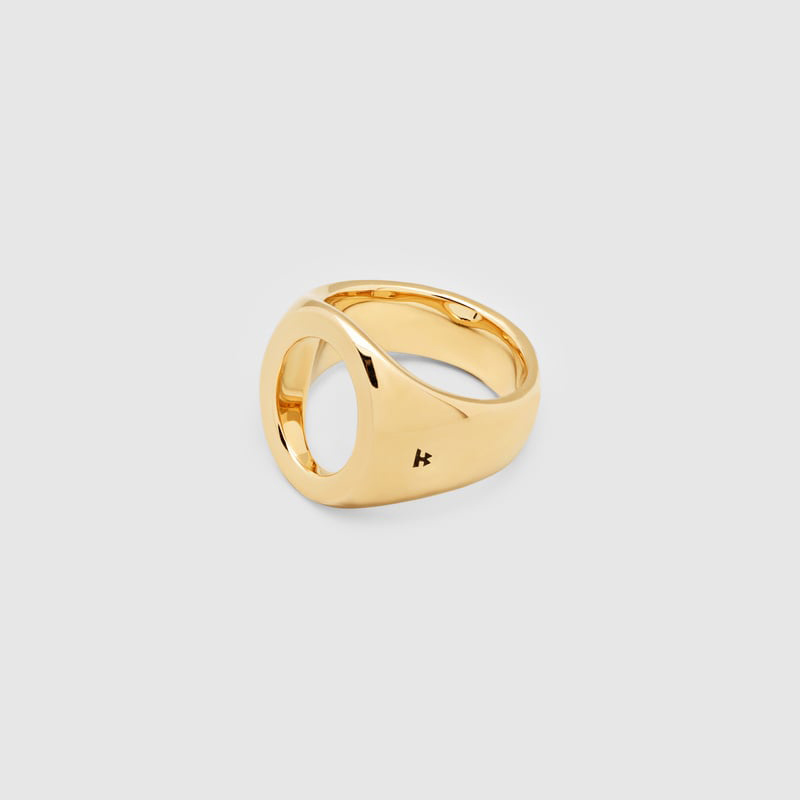Customization Capabilities for Open Rings
Customization Capabilities for Open Rings
LET’S GET STARTED : mo@kingjy.com
Unparalleled Customization: Crafting the Perfect Open Ring at JINGYING
Introduction: The Open Ring as a Canvas for Identity
In the dynamic world of fine jewelry, few designs have captured the modern spirit quite like the open ring. More than just a trend, the open ring is a symbol of individuality, fluidity, and contemporary elegance. Its broken circle represents a departure from tradition, an embrace of the unconventional, and a versatile accessory that can be stacked, worn on various phalanges, or stand alone as a bold statement piece. This unique form factor, however, presents a distinct set of challenges and opportunities for creation—challenges that demand a manufacturer of exceptional skill, technology, and artistry.
For brands seeking to offer something truly unique, a standard catalog offering is insufficient. The market craves personalization, brand alignment, and exclusive designs. This is where the concept of customization becomes paramount. JINGYING, a leader in advanced jewelry manufacturing, has mastered the art and science of custom open ring production. This article delves deep into the extensive customization capabilities that JINGYING offers, exploring how they transform a client’s vision—from a nascent idea or a brand logo—into a perfectly engineered, high-quality piece of wearable art. We will journey through every stage of the process, detailing the technologies, techniques, and meticulous craftsmanship that make JINGYING the ideal partner for creating bespoke open rings.
Chapter 1: The JINGYING Philosophy – A Partnership in Creation
JINGYING does not operate as a simple factory fulfilling orders. Their approach is fundamentally collaborative, built on a foundation of partnership.
1.1 The Co-Creation Model
From the initial contact, clients are assigned a dedicated project management team. This team, comprising account managers, master designers, and engineers, acts as an extension of the client’s own brand. Their role is to guide, advise, and translate. They understand that a client may have a strong brand identity but limited knowledge of jewelry manufacturing intricacies. JINGYING’s experts bridge this gap, ensuring the final product is not only beautiful but also manufacturable, durable, and perfectly aligned with the client’s vision and commercial goals.
1.2 Expertise in Open Ring Dynamics
The open ring is deceptively complex. Its design must account for:
- Tension and Springiness: The ring must hold its shape on the finger without being too tight or too loose. The “memory” of the metal is crucial.
- Comfort: The ends must be smoothed and rounded to prevent snagging or discomfort. The entire piece must be ergonomic.
- Structural Integrity: The point where the ring opens is a potential weak point; the design and manufacturing process must reinforce this area.
JINGYING’s years of specialization mean this expertise is baked into every consultation, ensuring every custom design is inherently functional.
Chapter 2: The Foundation – Material Mastery and Custom Alloys
The journey of a custom open ring begins with the selection of its core substance. JINGYING offers a wide array of high-quality materials to form the base of the ring.
2.1 Premium 925 Sterling Silver: The Standard-Bearer
The vast majority of JINGYING’s custom open rings start with certified 925 sterling silver. This alloy (92.5% pure silver, 7.5% strengthening metals like copper) provides an ideal combination of lustrous beauty, structural integrity, and value. JINGYING sources only the highest-grade silver, verified through X-Ray Fluorescence (XRF) analysis upon arrival to guarantee purity. This ensures a perfect, tarnish-resistant canvas for any finishing technique.
2.2 Advanced Plating Options: The Veneer of Luxury
While sterling silver is beautiful in its own right, most clients choose to enhance their rings with a luxurious plating. JINGYING’s capabilities here are extensive:
- Vermeil Gold: The premium standard. This involves a thick plating (2.5 to 5 microns) of high-karat gold (14k, 18k, or 22k) over the sterling silver base. This offers a rich, durable, and luxurious finish that stands the test of time.
- Rose Gold Plating: Created by alloying gold with copper, rose gold offers a warm, pinkish hue. JINGYING can customize the exact shade, from a subtle blush to a deep, coppery rose.
- White Gold Plating: Alloyed with palladium or nickel-free alloys for a silvery-white appearance. It is often finished with a thin layer of rhodium for extra brilliance and scratch resistance.
- Two-Tone and Tri-Color Plating: For sophisticated designs, JINGYING can plate different parts of a single ring with different metals. For example, the central band could be yellow gold while the end details are rose gold, all achieved with precise masking techniques during plating.
- Rhodium Plating: Offers an extremely hard, bright white, and highly reflective finish. Excellent for a modern, cool look and superior durability.
2.3 Alternative Base Metals
For clients seeking different price points or aesthetics, JINGYING can also work with:
- Brass or Copper: Often used for fashion-forward pieces, these can be plated with gold or given an antique finish.
- Titanium or Tungsten Carbide: For ultra-modern, lightweight, or incredibly scratch-resistant rings, though these require specialized manufacturing processes.
Chapter 3: The Design Genesis – Translating Ideas into 3D Reality
This is the heart of the customization process: transforming a concept into a manufacturable design.
3.1 The Design Input Spectrum
JINGYING accommodates a wide range of starting points:
- A Brand Logo: The most common request. Their designers expertly adapt 2D vector logos into 3D ring designs.
- A Sketch or Photo: Clients can provide inspiration images or their own sketches.
- A Mood or Concept: Simply describing a feeling (e.g., “art deco,” “organic,” “minimalist”) is enough for JINGYING’s designers to begin generating original concepts.
- Modifying an Existing Design: A client may love a ring from JINGYING’s catalog but wish to change a stone, add texture, or adjust the width.
3.2 Advanced CAD (Computer-Aided Design) Engineering
Once the creative direction is established, JINGYING’s CAD technicians take over. Using sophisticated software like Rhino 3D and Matrix, they create a precise digital model. This stage is critical for open rings, as it involves:
- Dimensional Precision: Setting the exact inner diameter, width, and thickness.
- Shaping the Curve: Engineering the specific curvature and taper of the open ends. This is a mathematical process to ensure the ring sits perfectly on the finger.
- Integrating Details: Sculpting every groove, pattern, and surface detail into the 3D model.
- Stress Simulation: Analyzing the model to identify potential weak points, especially around the open ends and any intricate details, and reinforcing them digitally before production.
3.3 Rapid Prototyping: Holding the Design in Your Hand
Before mass production begins, JINGYING creates a physical prototype using high-resolution 3D printing. A resin printer builds the model layer by layer, resulting in a accurate, tangible version of the ring. This prototype is crucial for:
- Client Approval: The client can see, feel, and even try on the exact design. They can assess the size, comfort, and overall aesthetic, requesting any final tweaks.
- Master Model Creation: This resin prototype is used to create the master mold for the casting process, ensuring perfect replication.
Chapter 4: Advanced Manufacturing Techniques for Custom Open Rings
Depending on the design’s complexity, volume, and desired finish, JINGYING employs several cutting-edge production methods.
4.1 Investment Casting (Lost-Wax Casting)
The premier method for complex, detailed, or sculptural open rings.
- Process: The approved resin prototype is used to create a rubber mold. This mold is injected with wax to create numerous wax copies. These copies are attached to a “wax tree,” coated in a ceramic investment, and placed in a kiln. The wax melts away (“lost”), leaving a hollow cavity. Molten sterling silver is then centrifugally cast into this cavity.
- Advantages for Open Rings: Perfectly captures intricate details like textures, engravings, and organic forms. Ideal for one-of-a-kind designs and medium-volume production.
4.2 CNC (Computer Numerical Control) Milling
A subtractive process ideal for geometric, architectural, or sharp-edged open ring designs.
- Process: A solid block of sterling silver is clamped into a CNC machine. Using digital toolpaths from the CAD file, precision drill bits and cutting tools carve away the metal to reveal the finished ring form.
- Advantages for Open Rings: Creates exceptionally precise and sharp lines. The process itself work-hardens the metal, resulting in a very durable ring. Excellent for designs with flat surfaces and hard angles.
4.3 Die Striking
Best suited for high-volume production of simpler, flatter open ring designs.
- Process: A custom-made, hardened steel die is created with the negative image of the ring. A silver blank is placed in the die and struck with immense hydraulic force, imprinting the design.
- Advantages for Open Rings: Extremely efficient for large orders. Produces a very consistent and strong product due to the work-hardening effect of the strike.
Chapter 5: The Artisan’s Touch – Handcrafted Finishing and Embellishment
After the raw ring is cast or milled, it enters the finishing department, where artisans elevate it from a rough object to a refined jewel.
5.1 Pre-Finishing: Tumbling and De-spruing
Cast rings are cut from their trees and placed in a tumbling machine with steel shot and burnishing compound. This process cleans the surface, removes imperfections, and work-hardens the metal.
5.2 Surface Finishing: Creating Texture and Shine
This is where the ring’s final character is defined. JINGYING offers a vast array of finishes:
- High Polish: A mirror-like, brilliant shine achieved with motorized polishing wheels and compounds.
- Matte/Satin Finish: A soft, brushed look created with fine abrasives or sandblasting.
- Hammered Finish: A textured surface that catches the light, created by skilled artisans using specialized tools.
- Sandblasting: A frosted, non-reflective surface that provides a great contrast to polished highlights.
- Antique/Oxidized Finish: A chemical process is used to darken the recesses of the design, making details and patterns stand out in dramatic relief.
5.3 Stone Setting: Adding Sparkle and Color
A key customization feature is the addition of gemstones. JINGYING’s master setters are proficient in all setting styles:
- Prong Setting: Using tiny metal claws to hold stones securely, maximizing light exposure.
- Bezel Setting: Encircling a stone with a metal rim for a secure, modern, and sleek look.
- Pave Setting: (pronounced pa-vay) Setting many small stones close together, creating a “paved” surface of continuous sparkle.
- Channel Setting: Placing stones within a channel of metal, perfect for protecting stones in a band.
JINGYING can source a wide variety of stones, from classic diamonds and cubic zirconia (CZ) to vibrant synthetic sapphires, rubies, and emeralds, allowing for complete color customization.
5.4 Engraving: The Ultimate Personalization
For deeply personal touches, JINGYING offers advanced engraving:
- Laser Engraving: Offers incredible precision for complex patterns, tiny text, or even reproducing fingerprints. Perfect for adding dates, names, or messages inside the band.
- Hand Engraving: For a unique, artisanal quality with slight variations that speak to its handmade nature.
Chapter 6: The Electroplating Process – A Symphony of Science
As detailed in Chapter 2, plating is a critical step. For open rings, the process requires meticulous attention to ensure even coverage on all surfaces, including the intricate inner curves and ends. The multi-stage cleaning and controlled electrochemical deposition ensure a flawless, durable, and gorgeous finish that meets JINGYING’s exacting vermeil standards.
Chapter 7: Rigorous Quality Assurance – The Final Gatekeeper
Every single custom open ring must pass a multi-stage inspection before it is approved for shipment.
- Dimensional Check: Verifying size, thickness, and shape conformity to the CAD model.
- Structural Integrity Test: Applying pressure to the open ends to ensure they spring back correctly and show no signs of weakness.
- Surface and Plating Inspection: Examining under magnification for any scratches, plating inconsistencies, or imperfections.
- Stone Setting Check: Ensuring every stone is secure, level, and undamaged.
- Function and Comfort Test: Ensuring the ring feels comfortable and performs as intended.
Chapter 8: Packaging and Branding – The Unboxing Experience
JINGYING understands that the presentation is part of the brand experience. They offer full custom packaging solutions:
- Branded Ring Boxes: Custom-sized boxes with logo debossing or printing.
- Velvet Pouches: Luxurious feel with branded tags.
- Certificate of Authenticity: Assuring customers of the materials and quality.
- Barcoding: For inventory management on large orders.
Conclusion: JINGYING – Defining the Future of Custom Jewelry
The open ring is more than an accessory; it is a statement. Creating a custom version of such a piece requires a manufacturer that is equal parts artist, engineer, and quality-obsessed perfectionist. JINGYING’s comprehensive customization capabilities—from material science and CAD engineering to artisan finishing and rigorous QA—provide a complete ecosystem for bringing a unique vision to life.
They offer brands the power to create exclusive, high-value products that resonate deeply with their audience, foster loyalty, and drive growth. By choosing JINGYING as a partner, a brand is not just ordering jewelry; it is investing in a process designed to translate its identity into a tangible, wearable form of exceptional quality and beauty. In the world of custom open rings, JINGYING doesn’t just follow specifications; it helps to define them, setting a new standard for what is possible in bespoke jewelry manufacturing.
